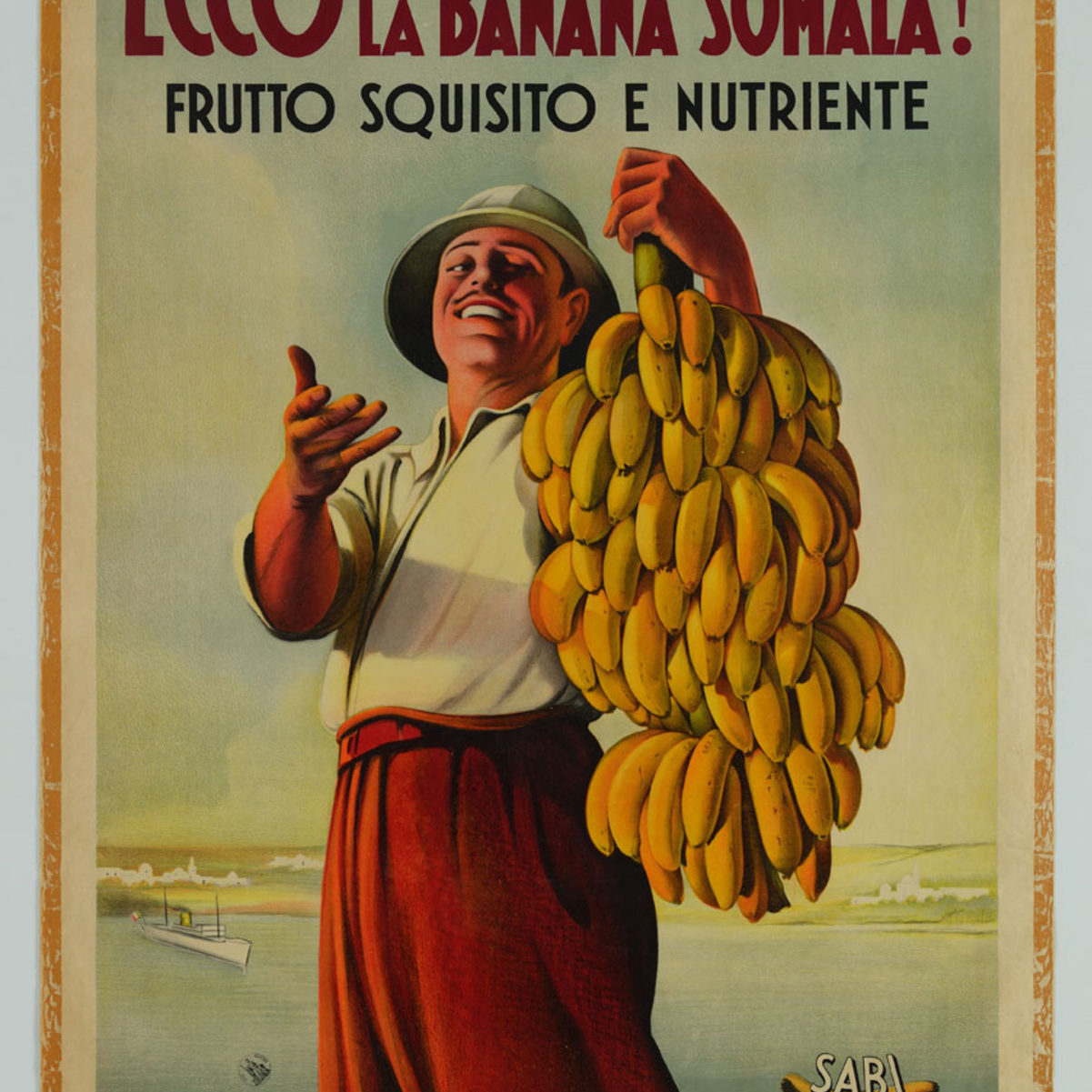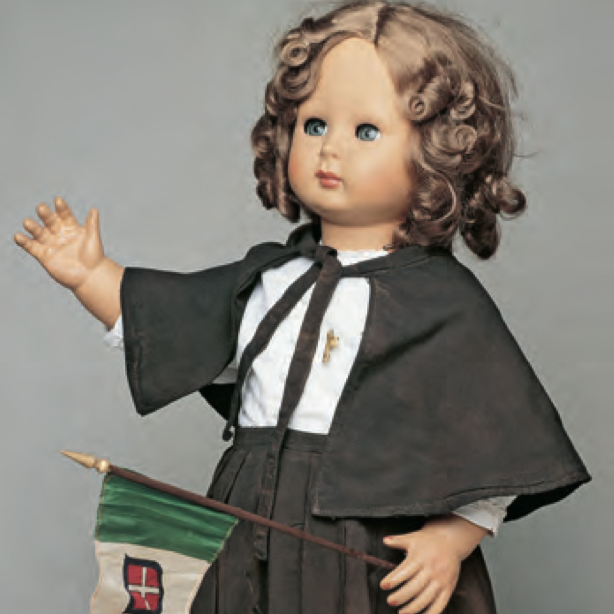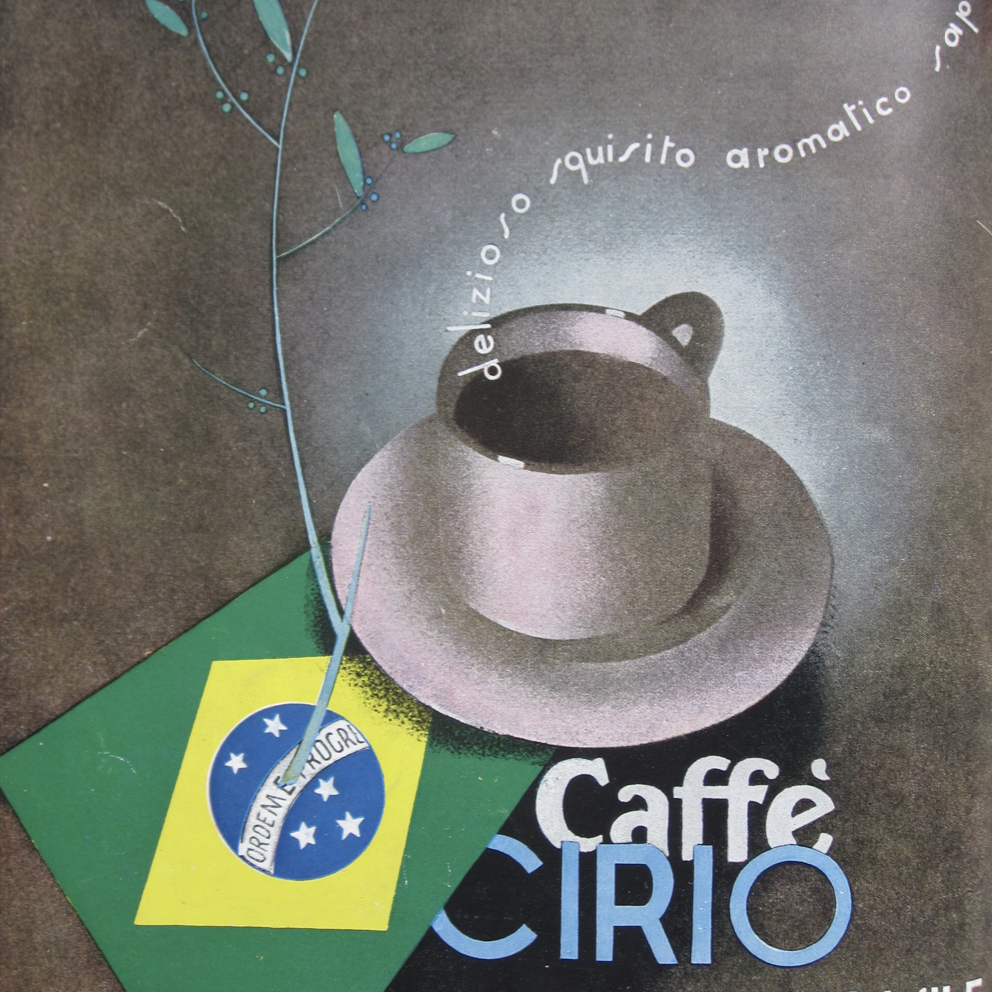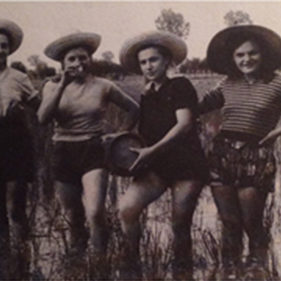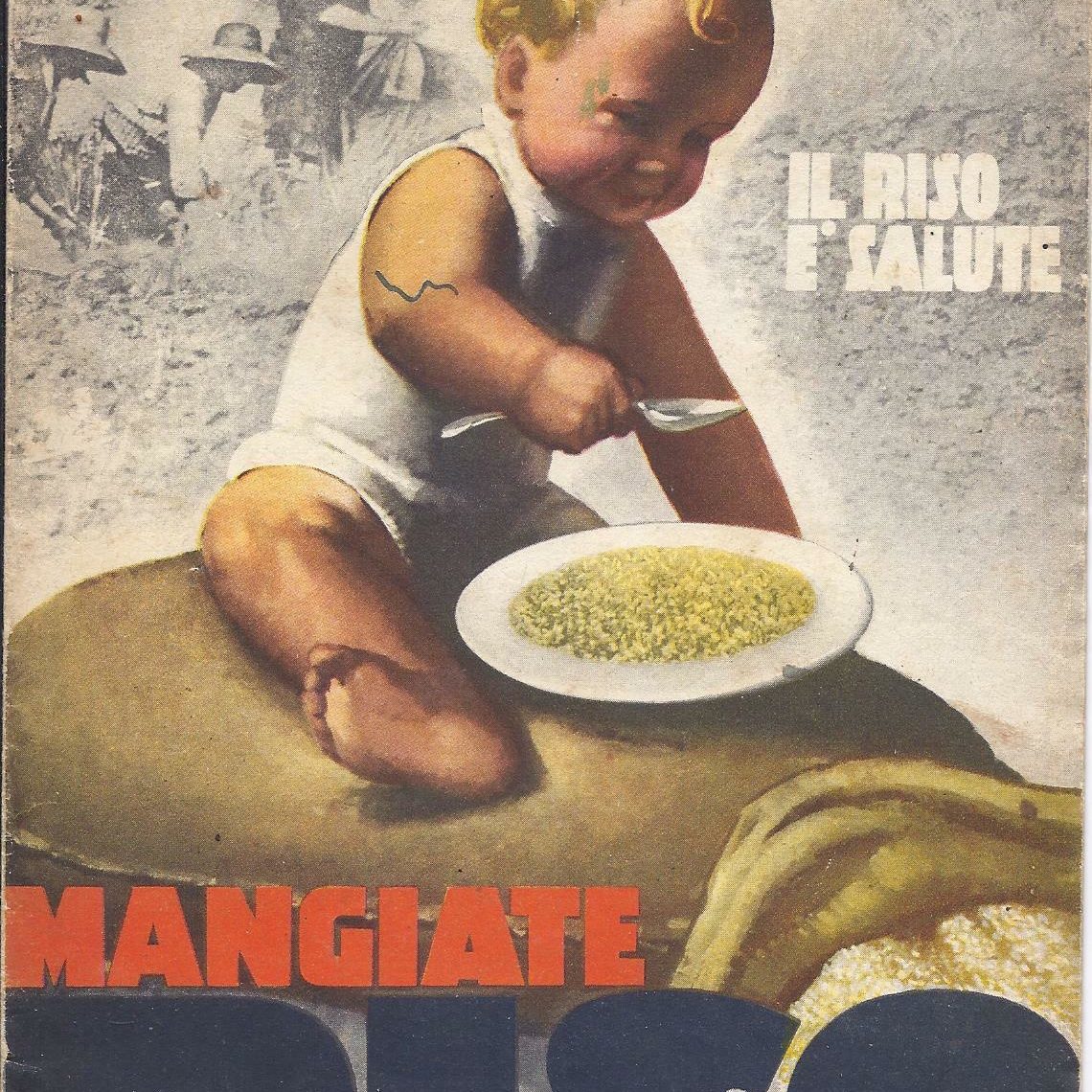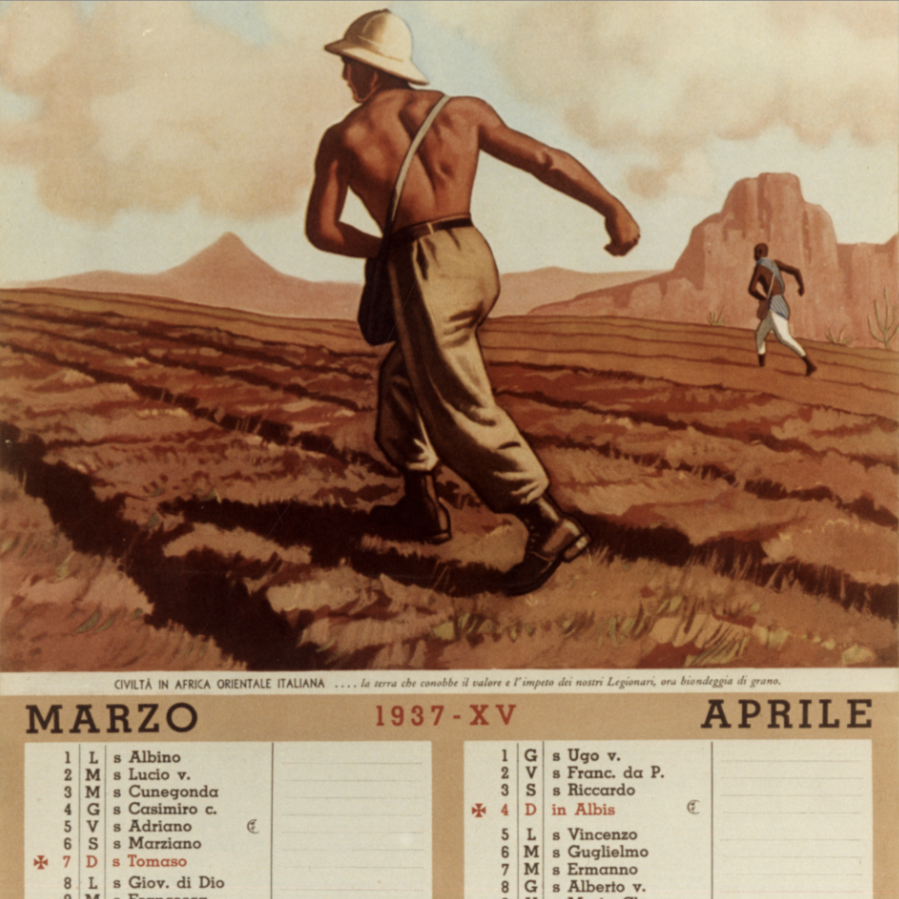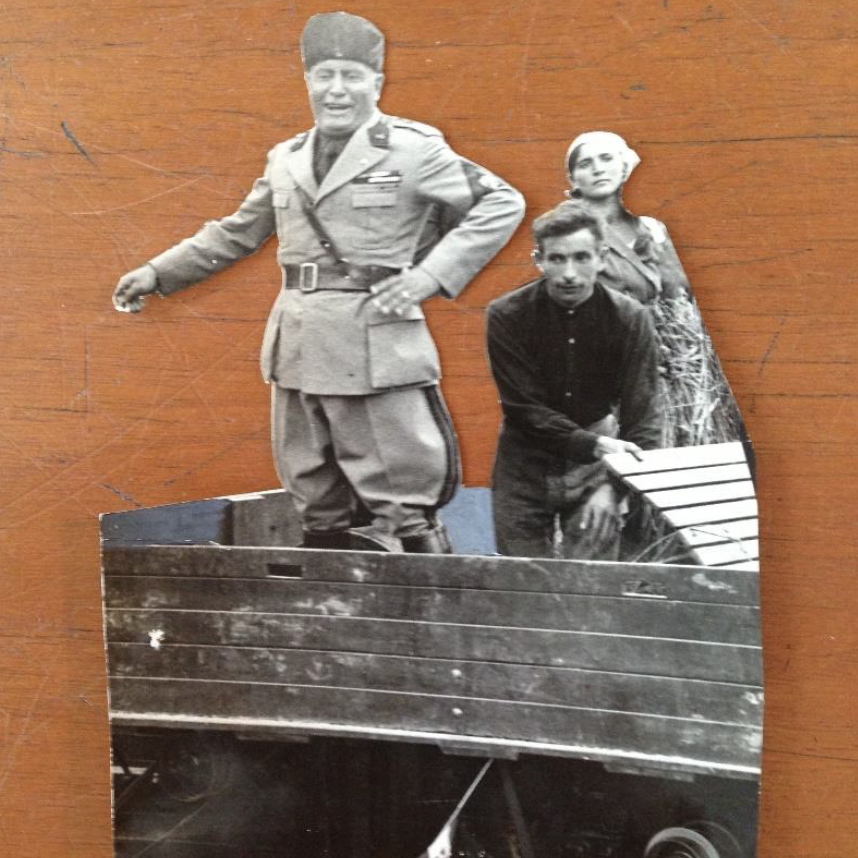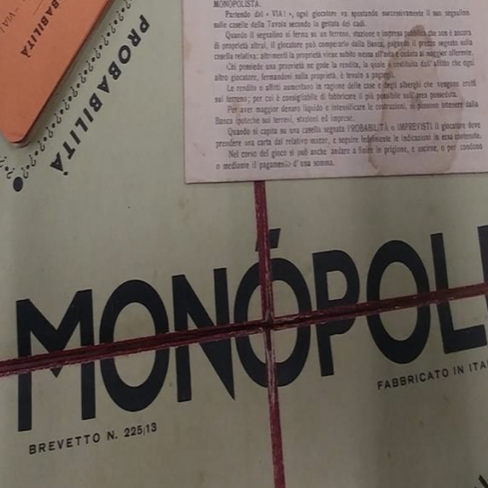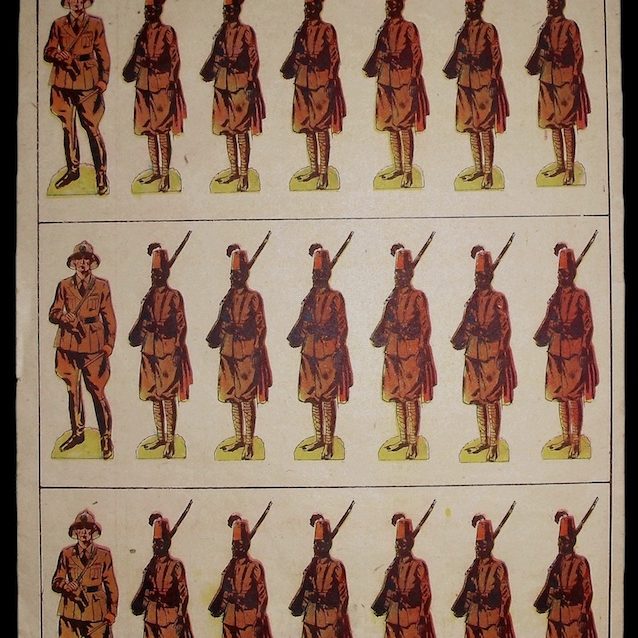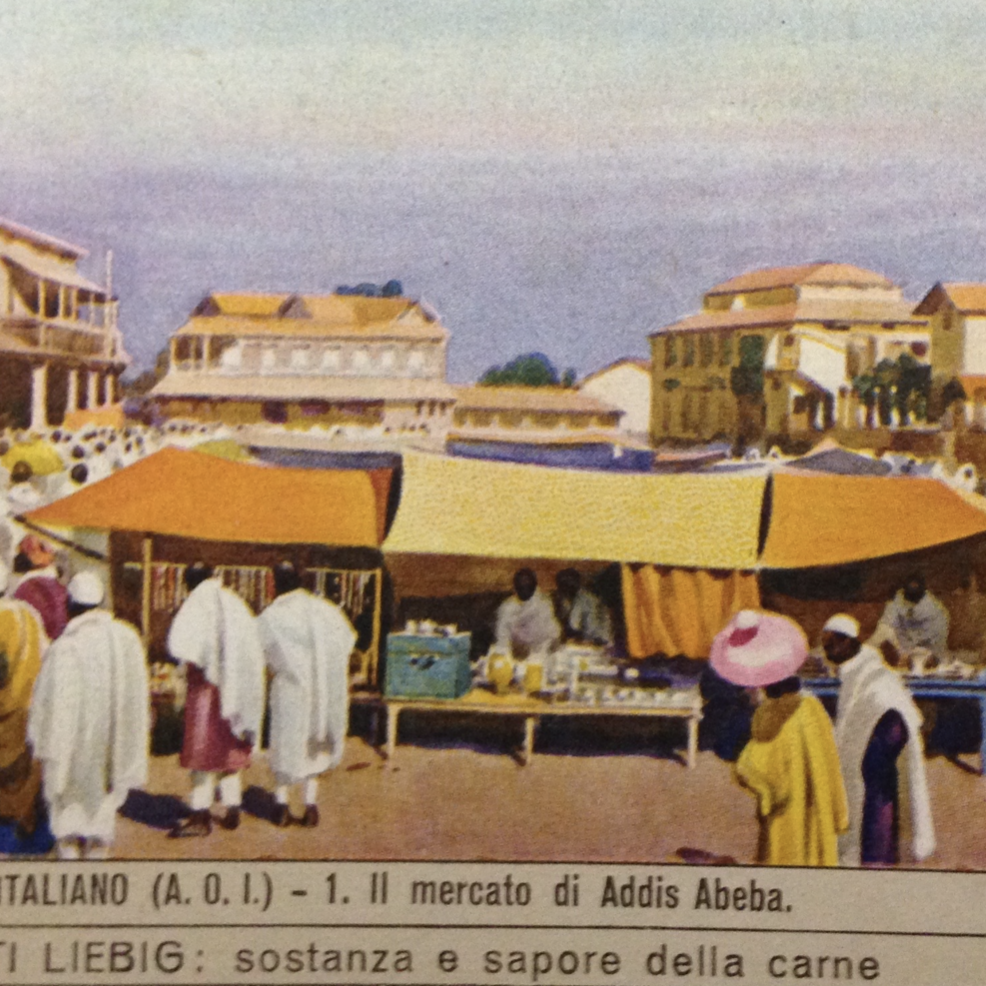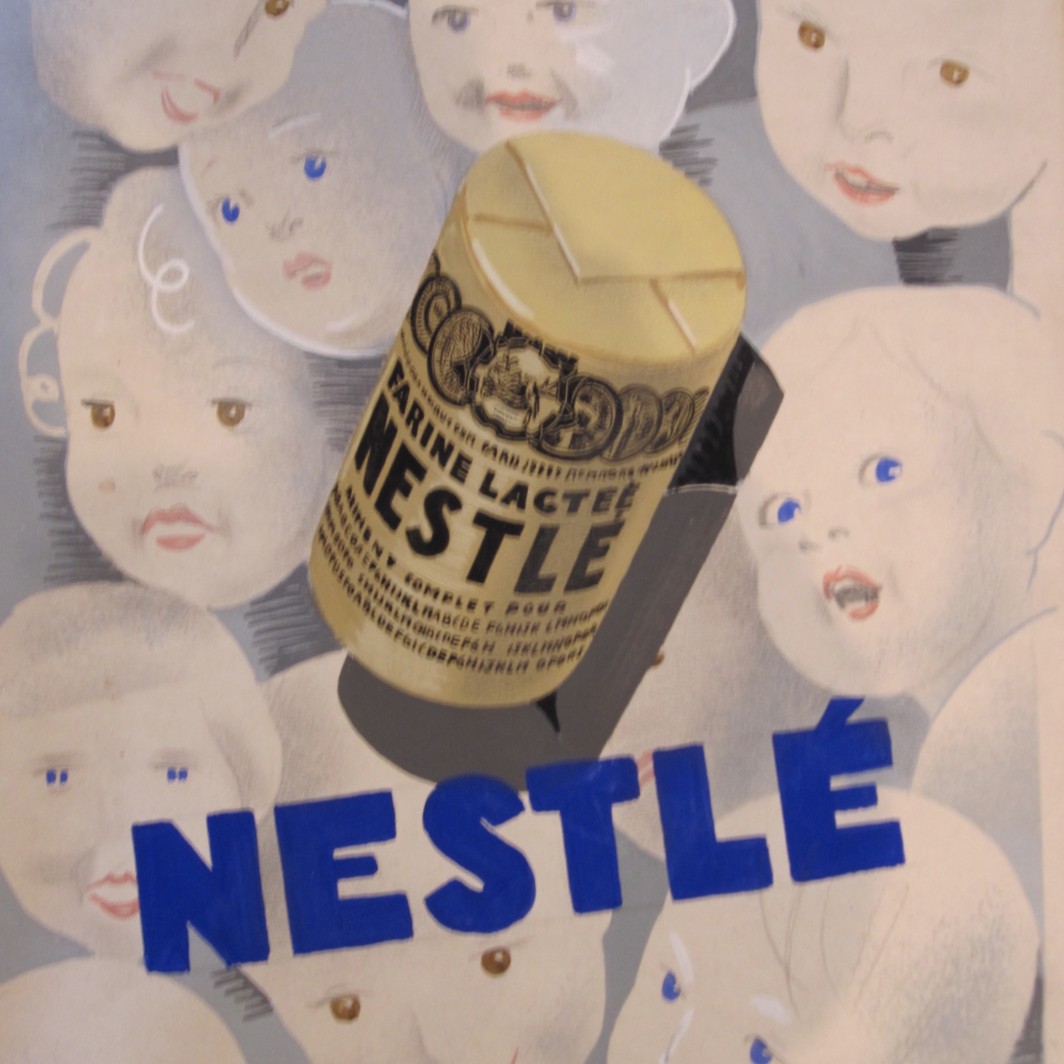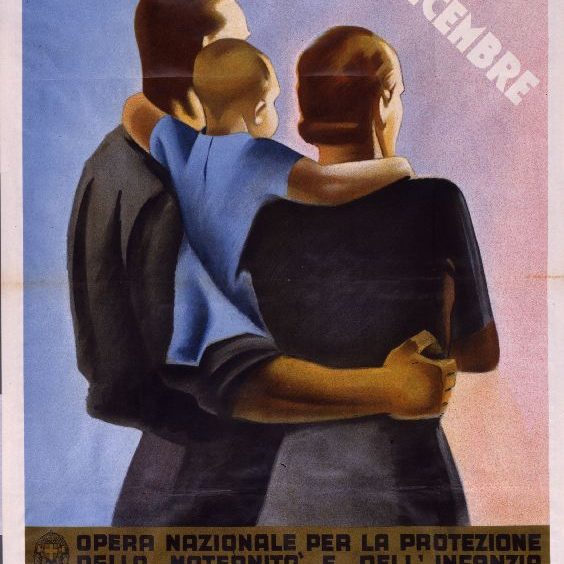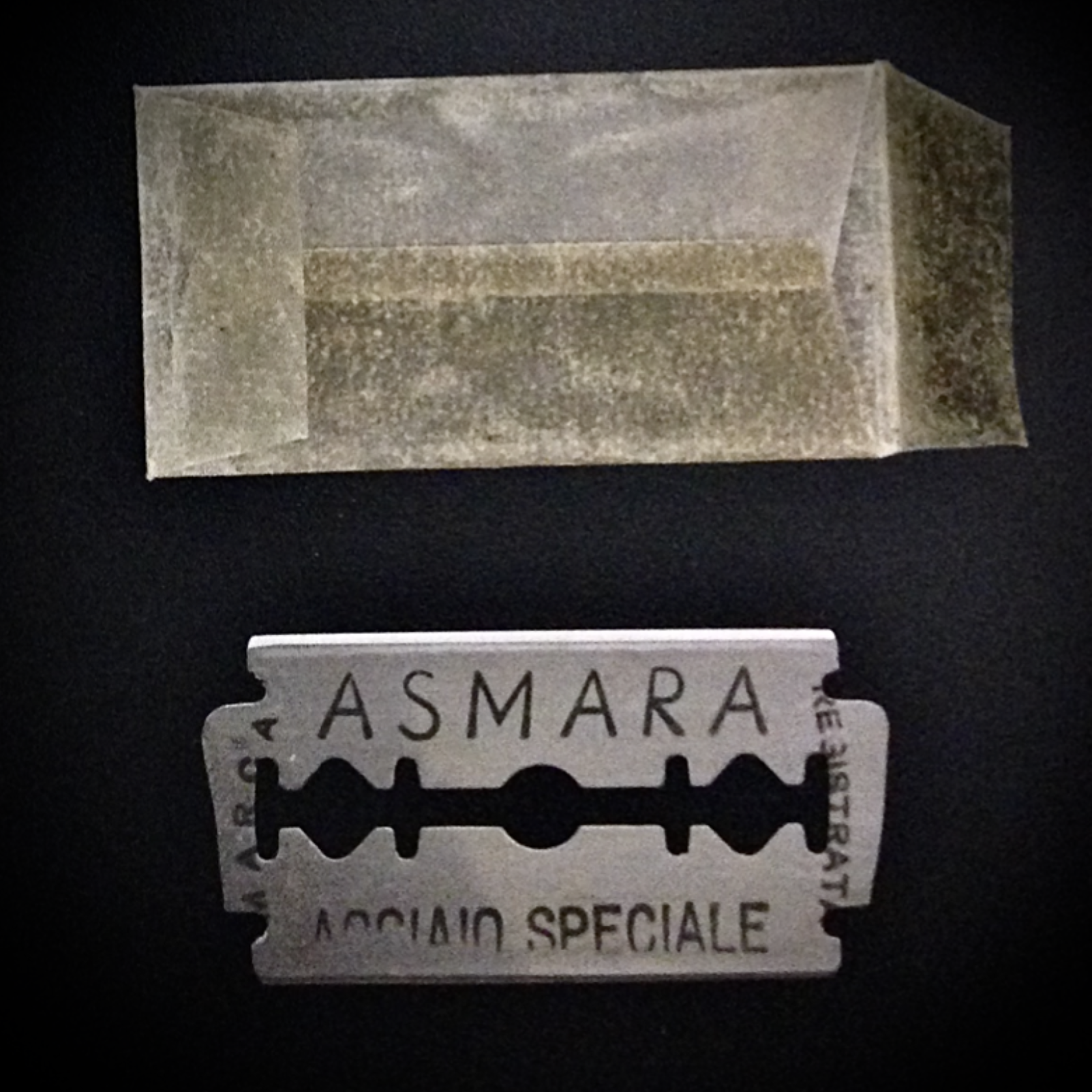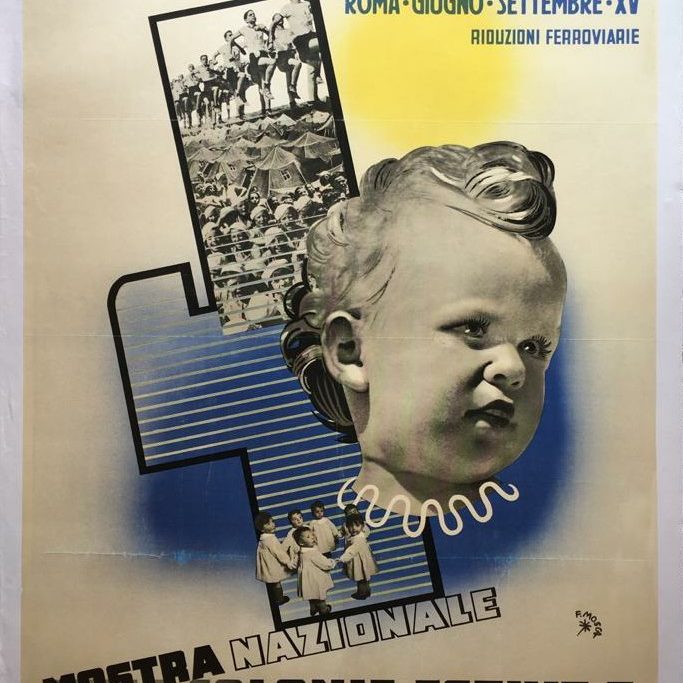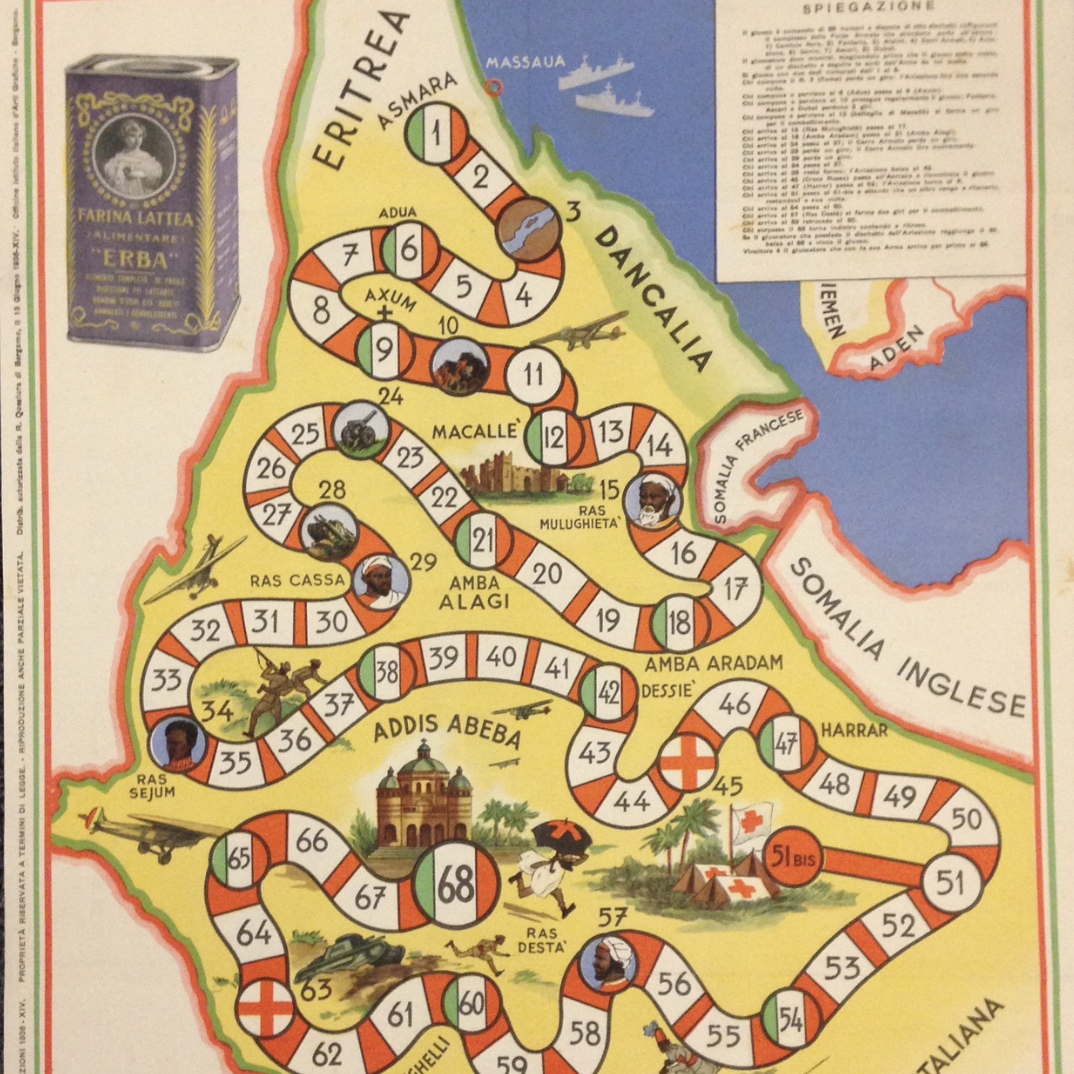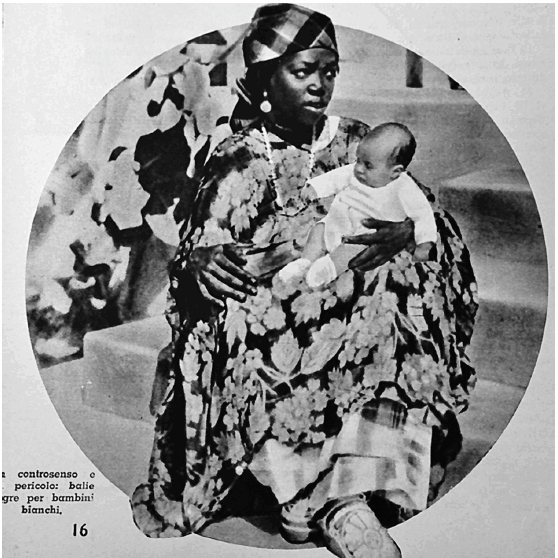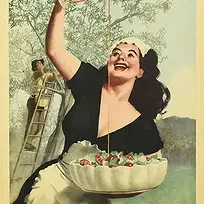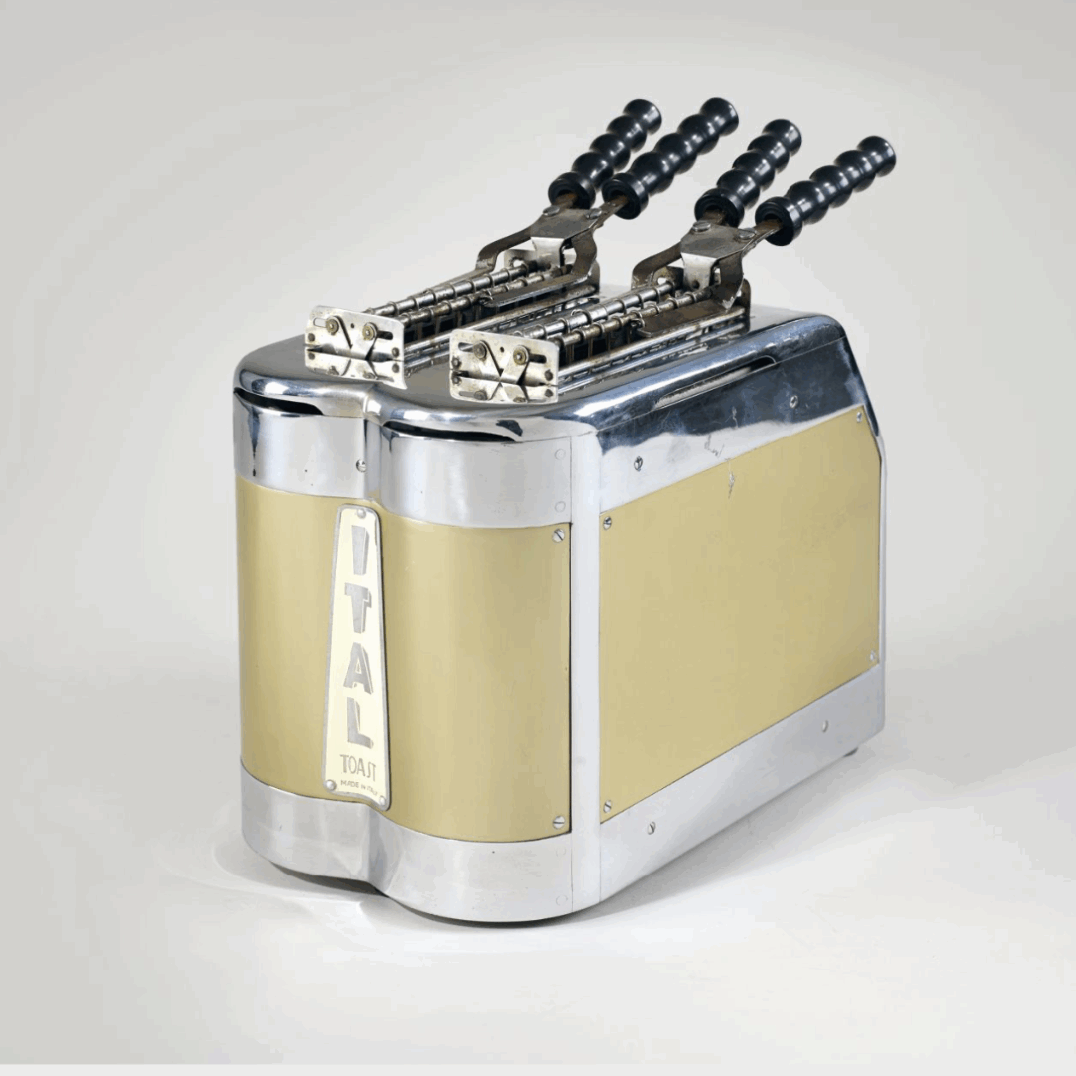The Italian Coffee Triangle: From Brazilian Colonos to Ethiopian Colonialisti
Commended for the 2022 Sophie Coe Prize, Oxford Cookery Symposium
Building Pasta's Empire: Barilla and Italian East Africa
High commendation for the 2023 Sophie Coe Prize, Oxford Cookery Symposium, Honorable Mention for the 2023 Best Article Prize, Society of Italian Historical Studies
Singing Truth to Power: Melodic Resistance and Bodily Revolt in Italy’s Rice Fields
Winner of the 2017 Russo and Linkon Award, Working-Class Studies Association
The Pioneer's Feast: Italian Colonial Menus from Eritrea and Ethiopia
Selected for Global Food History journal cover, historical basis for Villa I Tatti banquet

Delightful by Design
Industrial designer Emma Bonazzi designed Perugina chocolate boxes and much more.
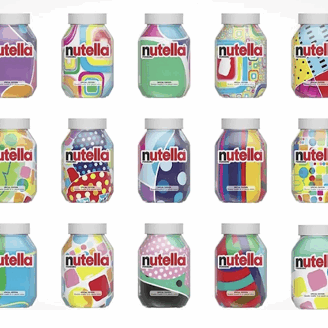
Modernity and Postmodernity: Food, Fashion, and Made in Italy
Italian identity just might be the bel paese's most famous export.
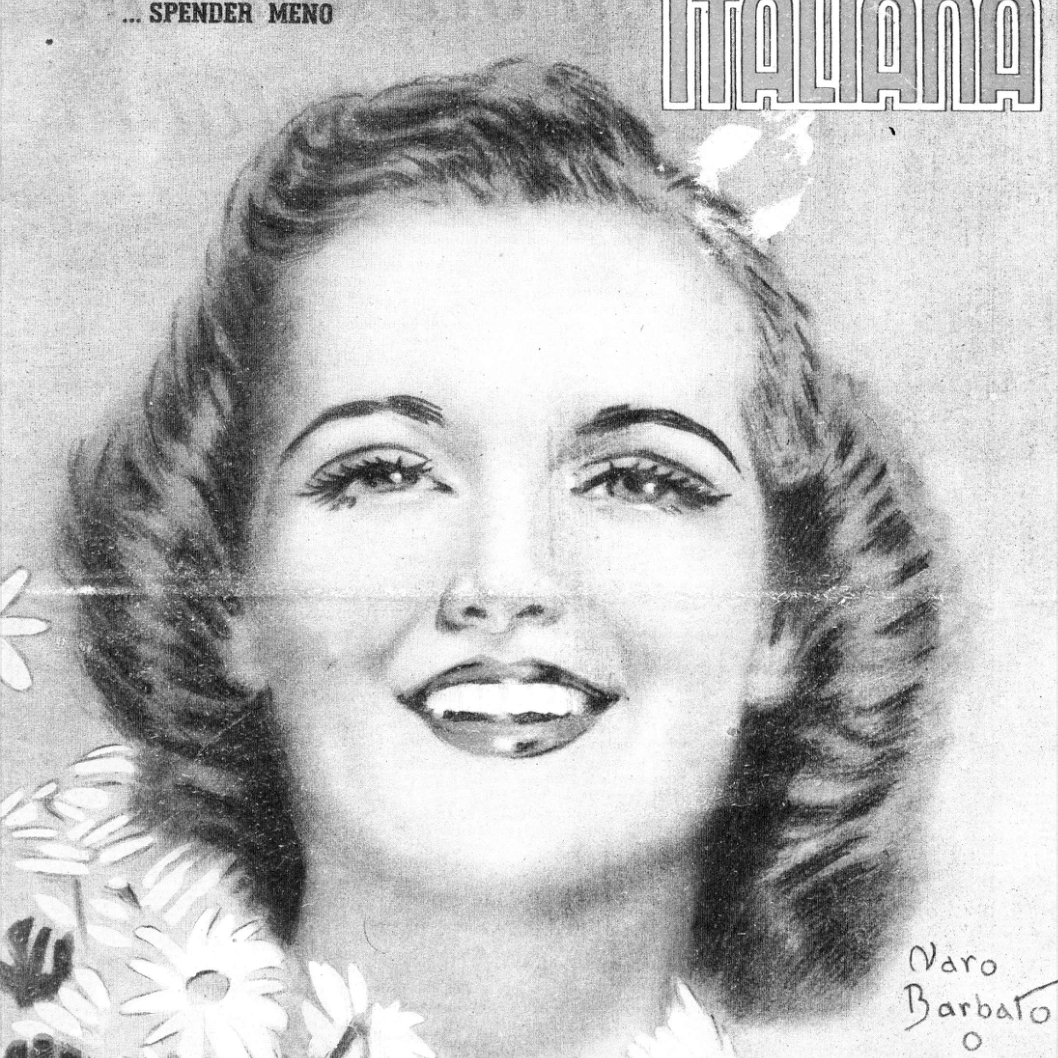
Tradwives, Techbros, and the Commodification of the Far-Right
Influencers past and present have used far-right politics to sell their products.
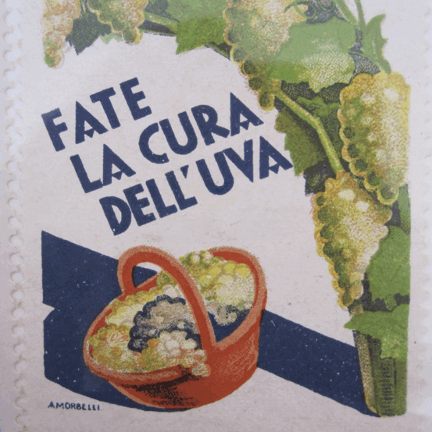
Food and Food Policies under Mussolini
Under Italian fascism, your grocery list was state business.
